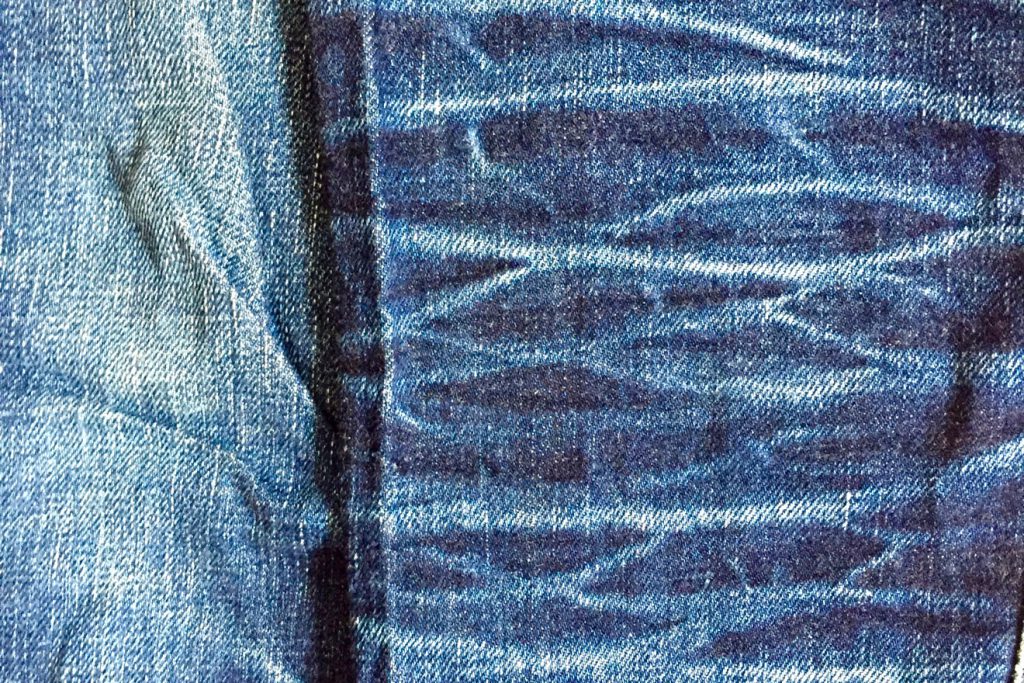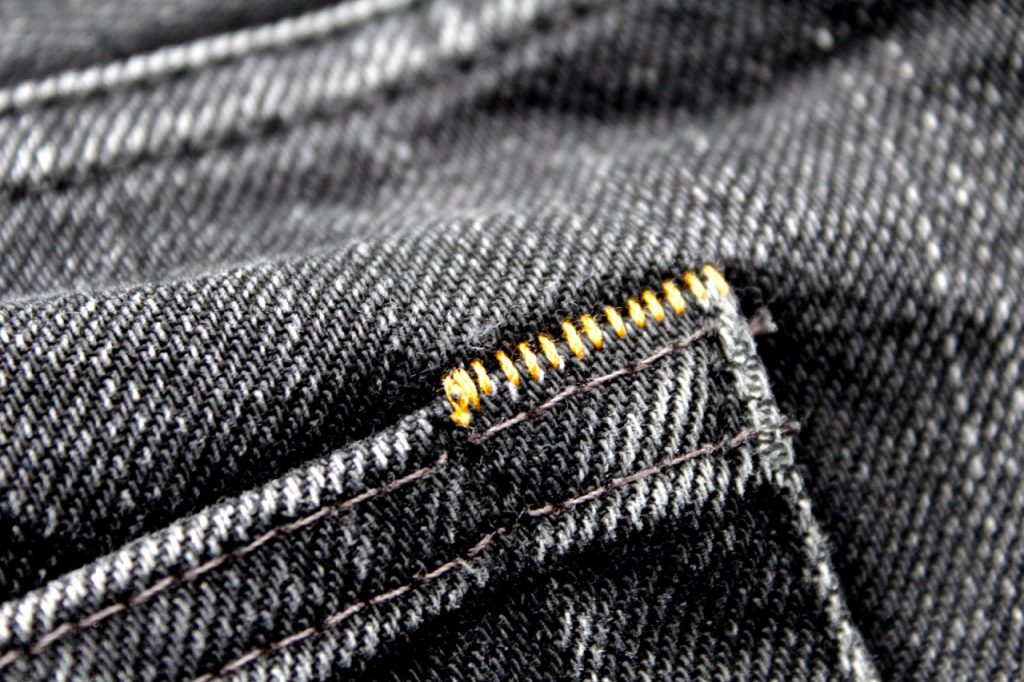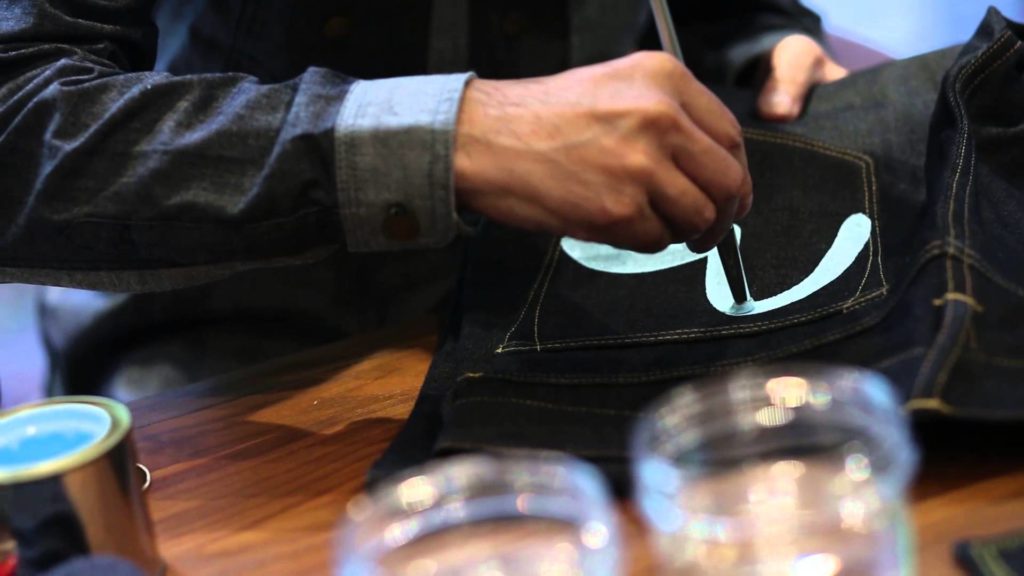404
Ooops, something went wrong?
This is really embarrassing; the page or blog post you’re looking for doesn’t exist anymore.
But, before you surf on, why don’t you take a look at some of the hand-picked blog posts that we’ve put together for you:
This 3698-word long member resource surely lives up to its title.
It gives you step-by-step instructional tips for how to both hand- and machine-washing your jeans.
Making denim is quite complicated.
The production process has five overall phases; the third phase is dyeing the yarn. And if the denim is blue, the dyestuff used is indigo.
You can also have a look at the other four blog posts in the series about how denim is made here.
This in-depth member resource explains in great detail how denim gets its blue colour from indigo dyeing. It also discusses the differences between natural and synthetic indigo as well as the differences between rope dyeing and slasher dyeing.
Making jeans is a 3-step process. First, they’re designed and developed. Then, they’re cut and sewn. And, lastly, if the jeans aren’t ‘raw’ (also known as ‘unwashed’), they’re washed and treated at an industrial laundry.
This popular member resource explains the design and development stage of making jeans.
Blue jeans are not like other trousers. A set of defining features differentiate them.
This member resource looks into four defining features that make jeans durable and practical.
The history of jeans stretches back hundreds of years, and there are certain key events that you must know if you work with denim and jeans.
Arguably the most important events within the past couple of decades were how the Japanese pioneered and created heritage fashion.
Other blog posts and member resources you might find interesting:
We’re sorry, but we can’t find the page you were looking for. It’s probably some thing we’ve done wrong but now we know about it and we’ll try to fix it. In the meantime, try one of these options:





